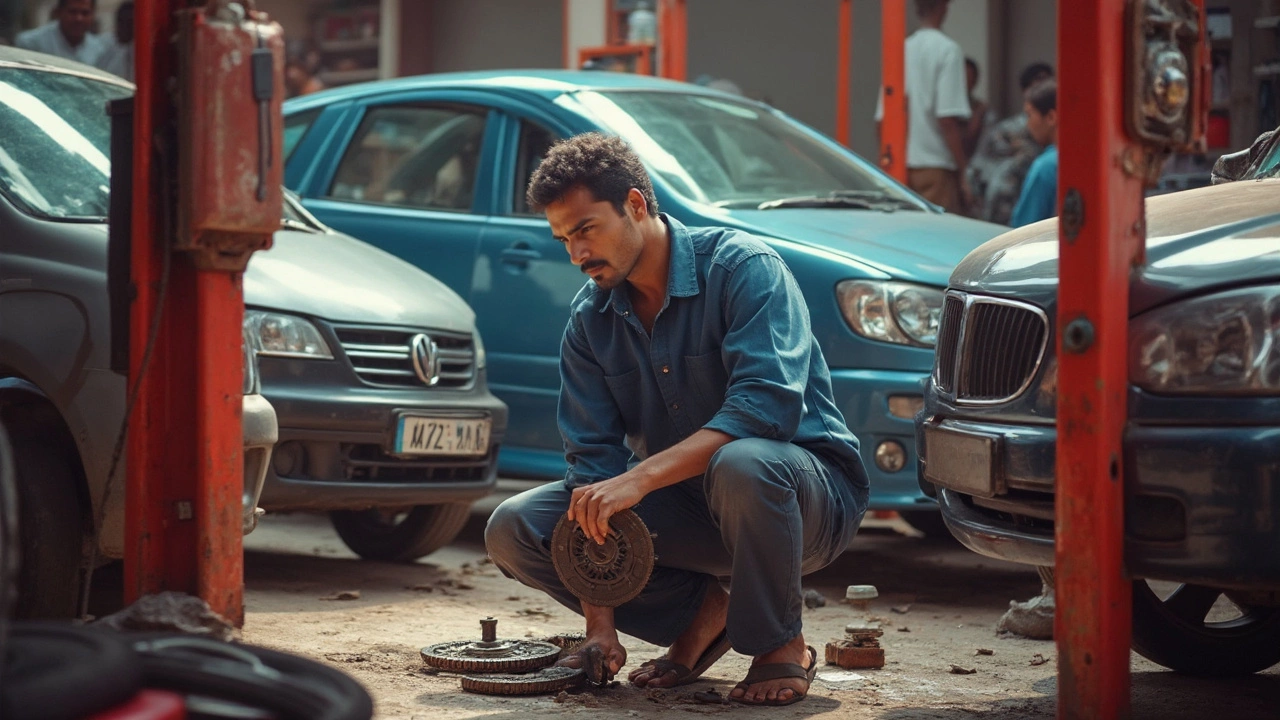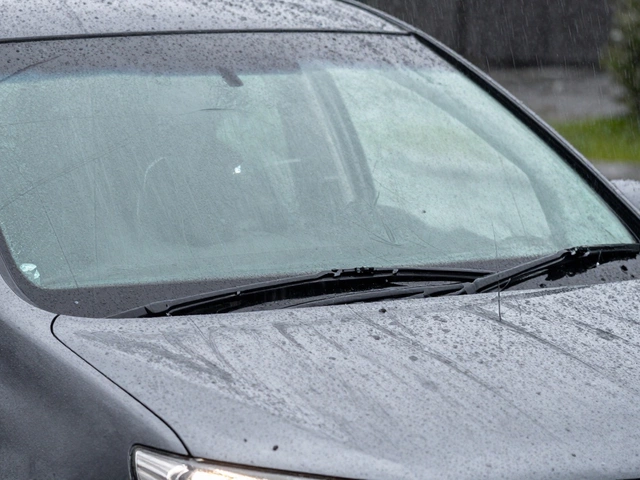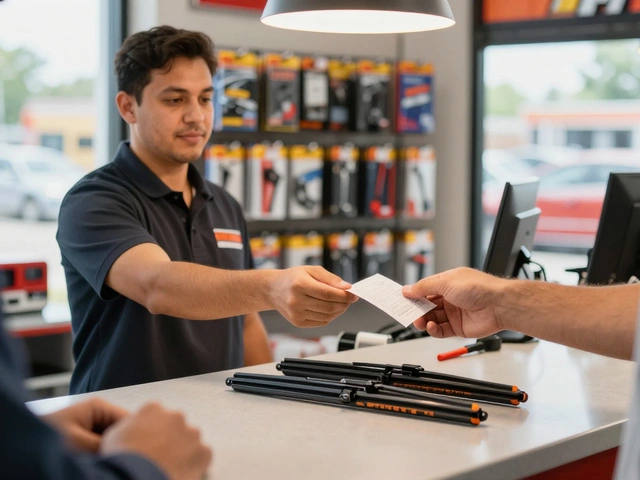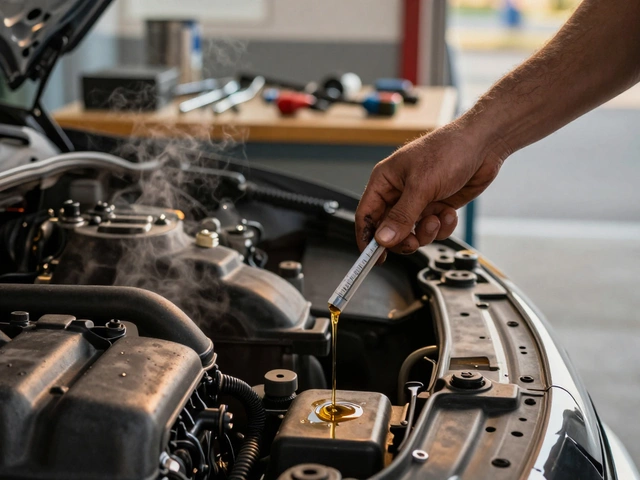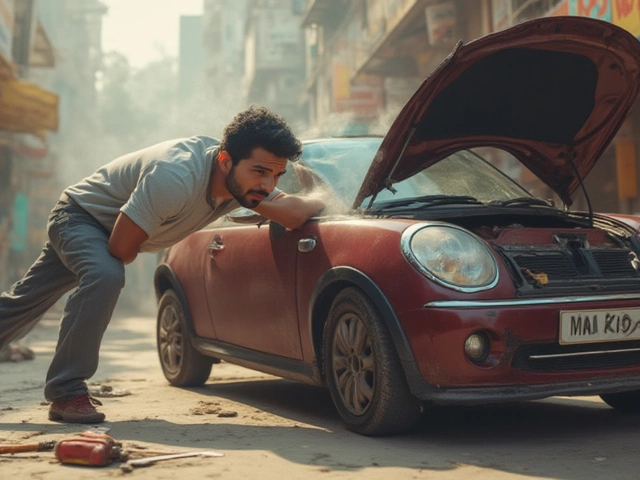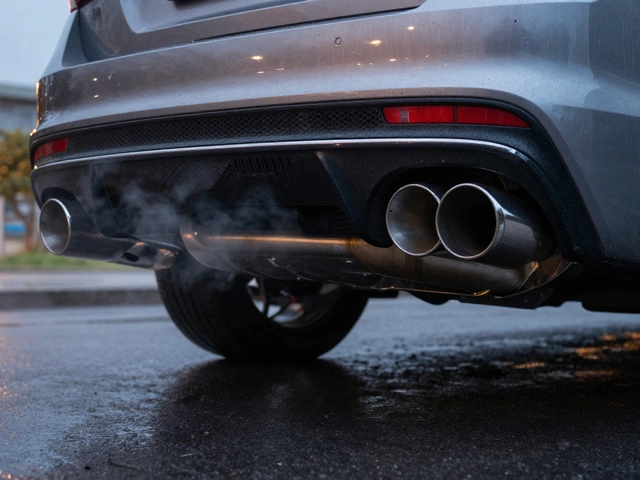Clutch Kits: What They Are and Why You Need One
If you drive a manual car, the clutch is the link between the engine and the wheels. When the clutch starts to slip, clicks, or feels mushy, it’s usually time for a new kit. A clutch kit bundles everything you need – the clutch disc, pressure plate, release bearing, and sometimes a pilot bearing – so you don’t have to hunt down each part separately.
What’s Inside a Clutch Kit?
The core of any kit is the clutch disc. It’s the friction plate that grabs the flywheel when you press the pedal. Pair that with a pressure plate, which pushes the disc against the flywheel, and you have the basic clutch assembly. Most kits also include a release (or throw‑out) bearing that lets the clutch disengage smoothly. Some performance kits add a reinforced pressure plate or a lightweight flywheel for quicker shifts.
When you buy a kit, make sure the parts match your vehicle’s make, model, and engine size. Mismatched pieces can cause premature wear or even damage the transmission. If you’re unsure, check the manufacturer’s fit‑guide or ask a trusted mechanic.
How to Choose the Right Kit
First, decide what you want out of the clutch. If you just need a reliable daily driver, a standard OEM‑type kit will do. For track days or aggressive street driving, look for a performance kit with a higher torque rating and a less‑slip disc.
Next, consider the material. Organic (sintered) discs are quiet and soft on the flywheel, perfect for city traffic. Ceramic or carbon‑based discs handle heat better and last longer under hard driving, but they can be noisier.
Don’t forget the release bearing. A cheap bearing may squeal or fail early, forcing you back into the shop. Opt for a brand‑name bearing that’s rated for the same torque as your clutch disc.
Finally, think about installation difficulty. Some kits are designed for DIYers with bolt‑on components and clear instructions. Others require special tools or advanced knowledge, making a professional install the safer bet.
When you’ve picked a kit, gather the right tools: a torque wrench, clutch alignment tool, and possibly a flywheel holder. The job usually takes 2‑4 hours for a DIYer and a bit less for a seasoned mechanic.
Start by removing the transmission, then take off the old clutch assembly. Clean the flywheel surface, check it for cracks, and replace it if needed. Install the new disc and pressure plate using the kit’s torque specs, then fit the release bearing and any pilot bearing. Re‑assemble the transmission, double‑check all bolts, and test the clutch before hitting the road.
After installation, give the new clutch a few gentle stops to let the components seat. If you notice any judder, noise, or slipping, double‑check the alignment and torque settings.
Keeping a clutch kit in good shape is mostly about maintenance. Check the fluid level regularly, avoid riding the clutch in heavy traffic, and don’t slam the gearshift. These habits extend the life of both the kit and the transmission.
Bottom line: a proper clutch kit gives you a reliable, smooth connection between engine and wheels. Choose a kit that matches your driving style, install it with care, and you’ll enjoy better performance and fewer surprises on the road.

Clutch Kits: How Many Miles Should a Clutch Last?
Wondering how many miles your clutch should last? Clutch lifespan really depends on your driving style, road conditions, and the type of car you have. This article breaks down the average mileage, what shortens or extends clutch life, and clear signs you’ll need a replacement. You’ll also pick up practical tips on making your clutch last as long as possible. Stick around to save yourself from an expensive repair bill.
CONTINUE READING
How Hard Is It to Replace a Clutch? Simple Truths for DIY Mechanics
Swapping out a clutch sounds intimidating, but it's doable if you're prepared. This article breaks down how tough it really is to replace a clutch, what skills and tools you need, and what snags you might hit along the way. You'll get practical advice, surprising facts about clutch repairs, and tips to help you decide if you should tackle this job yourself. We also cover what to expect regarding time, costs, and possible headaches. If you're thinking about clutch work, here's what you need to know before grabbing your wrenches.
CONTINUE READING
Stage 4 Clutch Kit: What It Is and Why It Matters for Your Ride
Wondering what sets a stage 4 clutch kit apart? This guide breaks down what a stage 4 clutch kit actually does, who needs one, and what makes it a serious upgrade. You’ll find out how it handles extreme power and why it’s popular among tuners and racers. We’ll cover its real-world use and offer tips on deciding if your car actually needs it. Read on for simple answers and expert tips.
CONTINUE READING
Can a New Clutch Slip?
A lot of folks assume that a brand new clutch will work flawlessly without any hiccups, but sometimes they slip. This could be due to installation mistakes, or even incorrect parts. Not only does this impact driving, but it also hints at potential long-term damage if not addressed. Understanding the common reasons for a clutch to slip, especially when it's fresh out of the box, can save you from headaches down the road.
CONTINUE READING
Understanding the Impact of Clutch Kits on Horsepower Boost
Clutch kits play a crucial role in car performance, but do they really add horsepower? This exploration not only delves into how clutch kits function within a vehicle's system but also addresses how they can indirectly influence performance. Discover why investing in a high-quality clutch kit can improve your car's drivability and potentially enhance efficiency without directly increasing horsepower. Learn about the components of clutch kits, popular options in the market, and tips for choosing the right kit for your vehicle.
CONTINUE READING


